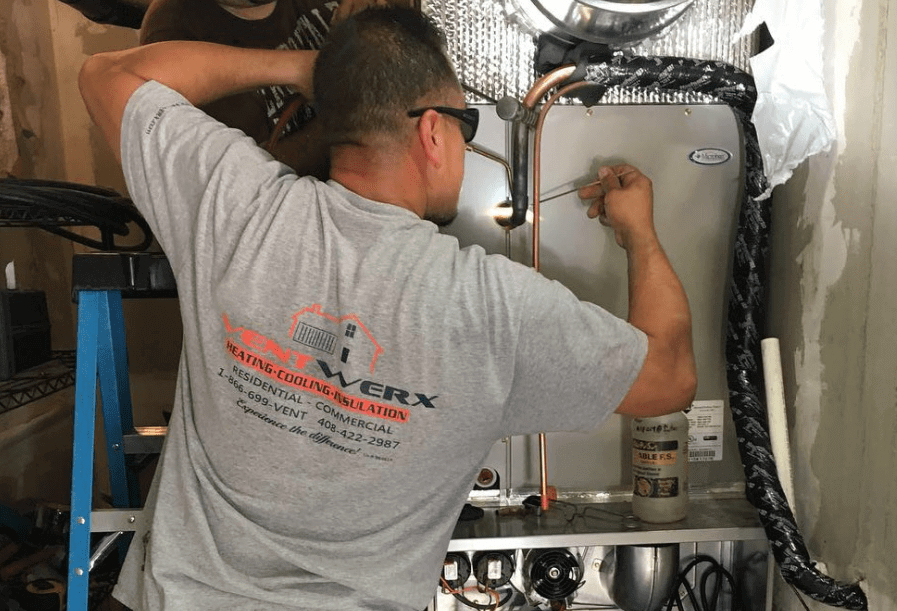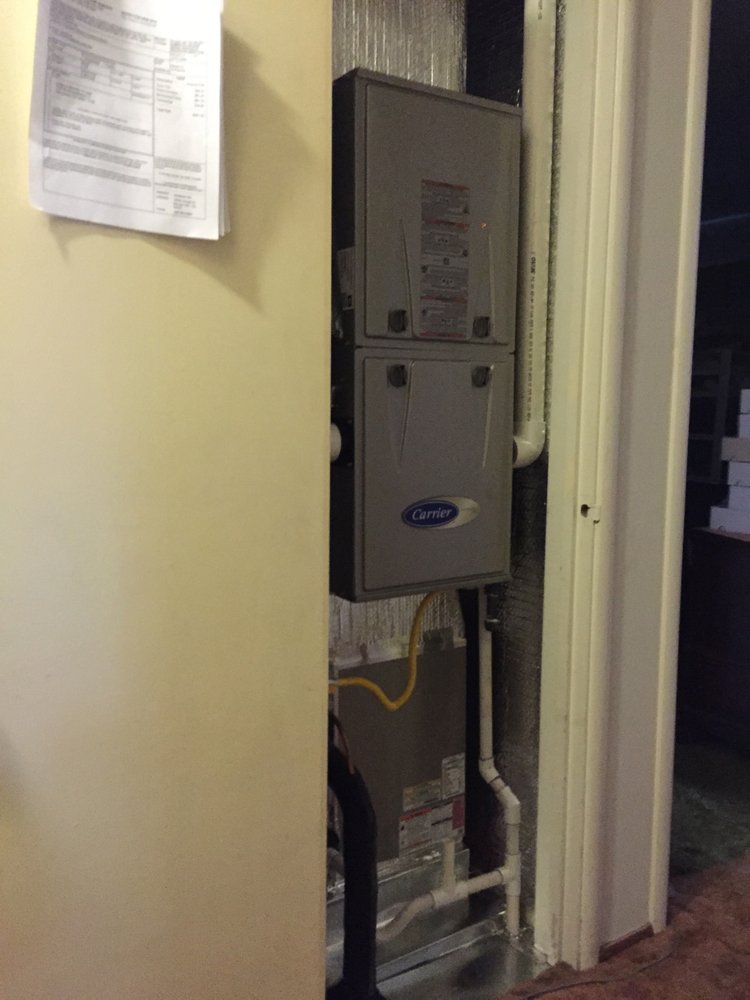Furnace Repair: 8 Common Problems and How to Solve Them
Common Furnace Repair Problems
During the winter months, having your furnace quit working is a bad situation. In this article, we look at the most common furnace problems, and how to troubleshoot them.
The Two Main Types of Gas Furnaces
During the fall and winter in San Jose, Morgan Hill, and the South Bay, hundreds of people will experience a problem with their furnace or heating system. Whether your furnace is a residential or commercial unit, the same basic issues are common when the heat goes out.
Gas furnaces fall into two types: conventional gas furnaces and high-efficiency gas furnaces. Conventional furnaces are up to 89% AFUE (Annual Fuel Utilization Efficiency). High-efficiency gas furnaces are 90% AFUE and above.
Conventional Gas Furnaces vs. High-Efficiency Furnaces
A conventional gas furnace works like this: it takes in takes in cool air, cleans it with an air filter, heats it up with a gas burner using a heat exchanger, then blows the air through the air ducts distributing the heat. The air eventually cools down and comes back to the furnace through return air inlets and ductwork. Conventional gas furnaces either have a standing pilot light or electrical ignition.
High-efficiency condensing furnaces differ from conventional furnaces in the way they exchange heat after combustion and distribute heat. The heat extraction process is more efficient than in convention gas furnaces.
Now, let’s look at the most common problems people encounter with furnaces.
1. Your thermostat is malfunctioning.
If your home is not heating up, it might not be due to the furnace. It may be because the thermostat is faulty. A faulty thermostat can cause the furnace to cycle on and off sporadically, fluctuate the temperature, or not turn on at all. It’s also possible that the thermostat is mismatched to the heating and cooling unit. Not all thermostats are designed the same. Using a mismatched thermostat with your HVAC unit can cause unexpected behavior from your furnace.

2. The air filter is dirty or clogged.
When the air filter is clogged or dirty, it cuts off the airflow to the furnace. The furnace must subsequently work harder to distribute the heated air to the home. In certain cases, a dirty air filter can damage the limit switch, which controls the blower, which circulates the air through the ductwork.
If your furnace doesn’t seem to working efficiently, check to see if the filter is dirty. The filter will usually be located in the intake or in the furnace housing itself. If the filter is dirty, it may be time to replace it.
3. The furnace blower runs continuously.
When the blower doesn’t shut off, this is usually an issue with the limit switch. The limit switch tells the blower it is time to shut off. If the blower does not stop, you will need to call a certified HVAC contractor to replace the switch.
4. The furnace is not generating enough heat.
It is possible that the furnace is undersized, and cannot generate enough heat to properly heat the rooms. This also many be caused by dirty or clogged air filters.
5.The furnace is blowing cold air.
Usually, this means the pilot light is out, or the electric ignition is malfunctioning. If the ignition or pilot light is working correctly, you will need to call a professional HVAC for furnace repair.
6. Your furnace is not blowing air at all.
Most furnaces have a blinking light that is visible from the inspection window. If the light is blinking green, the blower is not the problem. If the light is blinking red, that means there is a problem with the blower, and you will need to call an HVAC company for furnace repair.
If you do not see any light at all, the furnace issues may be the thermostat, the motor for the blower, the run capacitor, furnace control board, or transformer.
7. The furnace or ductwork is noisy.
If you hear rumbling, rattling, or squeaking when the furnace runs, that is not normal. Some causes of this can be a clogged burner, limited airflow, or other mechanical problems. There might also be an issue with the blower motor, the burner, or the pilot light needs adjusting.
Now if the noise is emanating from the ductwork, that may indicate you need insulation to reduce the noise.
If you hear grinding noises when the furnace runs, this usually means there is a problem with the blower motor. Call a furnace repair company. Squealing noises indicate that a belt in the blower motor has either slipped out of place, or needs to be replaced.
8.The pilot light or electric ignition doesn’t light.
Though it is common to extinguish the pilot light in the summer, usually relighting a standing pilot light is a routine operation. If the pilot light has no gas supply, you may need to have the thermocouple replaced.
Newer furnaces tend to have electrical ignition, either through intermittent pilot or hot surface ignition. With an intermittent pilot, a high-voltage electrical spark ignites the pilot, and then the main burners when the thermostat tells the heat to kick on.
In a hot surface ignition system, an electronically controlled resistance heating element, ignites the gas burner. This mechanism is similar to a light bulb filament.

When to Call a Furnace Repair Expert
If these troubleshooting tips don’t solve your problem, it may be time to call a licensed HVAC contractor. Remember that gas furnaces use combustible gases to produce heat, so don’t hesitate to call an expert. For a free estimate or service appointment, call Ventwerx, proudly serving the San Jose and Morgan Hill area.